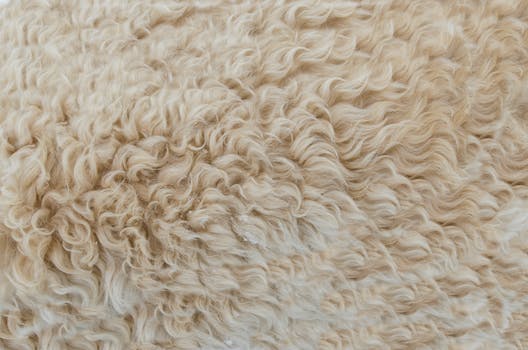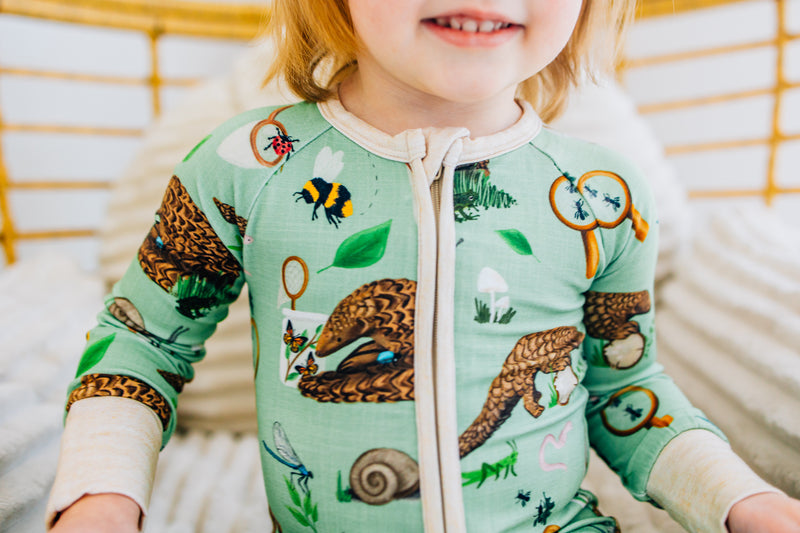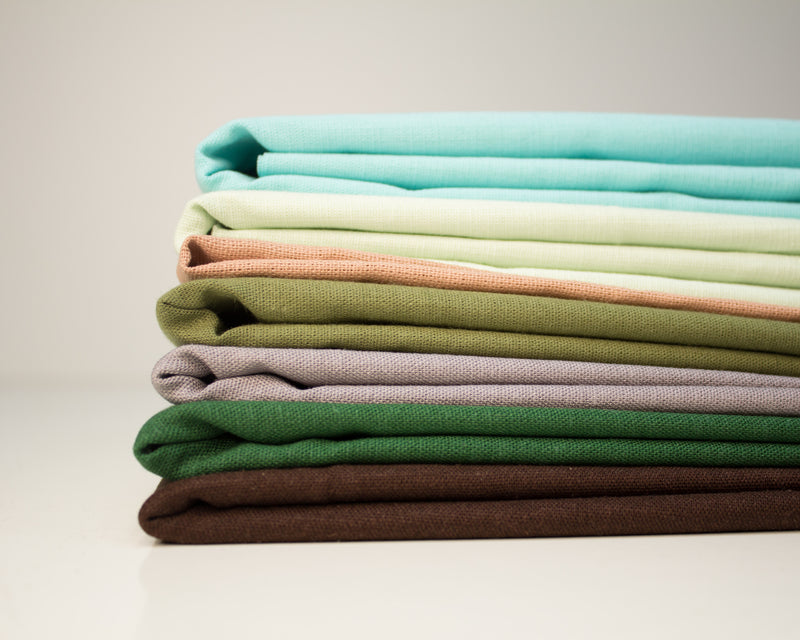Introduction to Modal Clothing: An Eco-friendly Choice
Welcome to the world of modal clothing, an eco-friendly choice that’s kind to both you and the environment. Originating from the pulp of beech trees, modal fabric is a type of rayon that is incredibly soft, lightweight and breathable. But what sets it apart is its lower environmental impact compared to other types of fabrics. From requiring less water for production to being biodegradable, choosing modal clothing is a small but significant step towards sustainable fashion and a healthier planet. So, let's delve into the environmental benefits of choosing modal clothing.
Understanding Modal Fabric: The Process of Production
Modal fabric is derived from the pulp of beech trees through a process that is environmentally friendly. First, the beechwood trees are harvested and chipped into small pieces. These chips are then treated with chemicals to create a pulp. This pulp is further processed to extract the cellulose, which is then spun into fibers. These fibers are woven together to create modal fabric. What makes the production of modal fabric eco-friendly is the fact that beech trees are a renewable resource, and the chemicals used in the process are often recycled. Moreover, the process uses less energy and water compared to the production of other fabrics like cotton. Therefore, choosing modal clothing is a sustainable and environmentally conscious choice.
The Sustainable Harvesting: The Source of Modal Fabric
Sustainable harvesting is the key to producing Modal fabric, a soft and breathable material used in clothing. Modal, derived from the pulp of beech trees, is a type of rayon that is particularly known for its environmentally friendly production process. The beech trees used for Modal grow naturally without the need for artificial irrigation or planting, making the process resource-efficient. The trees are not harmed during the harvesting process, allowing them to continue growing, which aids in carbon sequestration. Moreover, the manufacturing process of Modal fabric uses up to 20 times less water compared to cotton. Thus, choosing clothing made from Modal is not just a choice for comfort and style, but also a step towards a more sustainable and eco-friendly lifestyle.
Low Impact on Environment: Less Water and Energy Consumption in Modal Fabric Production
Modal fabric production is significantly kinder to our environment as it consumes less water and energy. Unlike other materials like cotton, which require a lot of water and energy to produce, modal uses up to 20 times less water. The production process is also energy-efficient, reducing the carbon footprint associated with manufacturing. By choosing modal clothing, you're not only opting for comfort and durability, but also making a more sustainable choice that helps to conserve our planet's resources.

Reduced Chemical Usage: The Eco-friendly Dyeing Process of Modal Fabric
One of the significant environmental advantages of choosing Modal clothing is its eco-friendly dyeing process, which requires less chemical usage. Unlike other textiles that need heavy chemical treatment to absorb dyes, Modal fabric absorbs color brilliantly. This means that less dye is needed, which in turn reduces the amount of chemicals released into our environment. This eco-friendly process not only results in vibrant, long-lasting colors but also contributes to a cleaner, healthier planet. So, when you choose Modal clothing, you're not just opting for comfort and style, you're also making a sustainable choice that benefits the environment.
Modal Clothing and Landfill Reduction: A Biodegradable Solution
Modal clothing is a remarkable solution for reducing landfill pollution. This type of apparel is made from beech tree pulp, which is not only sustainable but also biodegradable. Unlike synthetic fabrics that take hundreds of years to decompose, modal clothing breaks down easily in a landfill, significantly reducing waste. By choosing modal clothing, you're not just opting for comfort and style, but you're also making an environmentally conscious decision. Its production process uses less water and energy compared to traditional fabrics, making it a green alternative. So, when you wear modal, you're directly contributing to a cleaner, healthier planet.
The Role of Modal Clothing in Reducing Carbon Footprint
Modal clothing plays a significant role in reducing our carbon footprint. This type of clothing is made from the pulp of beech trees, a process that requires less energy and water compared to the production of other fabrics like cotton. Additionally, beech trees naturally regenerate, meaning no replanting is required, further reducing the environmental impact. Choosing modal clothing not only means you're selecting a high-quality, durable product, but you're also making a green choice that supports a more sustainable planet.

The Health Benefits: Modal Clothing and Non-allergic Properties
Modal clothing is not only eco-friendly but also offers significant health benefits. Its non-allergic properties make it an excellent choice for those with sensitive skin or allergies. The smooth fiber surface of modal fabric feels soft and comfortable against the skin, reducing irritation and rashes. Moreover, its breathability helps to wick away moisture, keeping the skin dry and preventing bacterial growth. Thus, choosing modal clothing is a great way to prioritize both your health and the environment.
The Economic Benefits of Choosing Modal Clothing: A Win-Win for Consumers and Environment
Choosing Modal clothing brings with it significant economic benefits, making it a win-win situation for both consumers and the environment. Modal fabric is not only cost-effective but also durable, which means it lasts longer, reducing the need for frequent replacements, and consequently, saving money in the long run. Furthermore, it's produced from beech trees, a renewable resource, which makes it a sustainable choice. The production process uses less water and energy compared to other materials, decreasing overall manufacturing costs. Thus, choosing Modal clothing is an economical and eco-friendly decision, benefiting your wallet and contributing to environmental conservation.
Conclusion: Making a Difference with Your Wardrobe Choices.
In conclusion, your wardrobe choices can make a significant difference in reducing environmental harm. By choosing modal clothing, you are contributing to water conservation and reducing carbon emissions. Not only is modal fabric soft and comfortable, but it is also biodegradable and sustainably produced. Making this simple switch in your clothing choices can be a powerful step towards a more sustainable lifestyle and a healthier planet. Remember, every little effort counts, and your conscious choices can inspire others to follow suit. So, let's embrace modal clothing and make a positive impact together!















